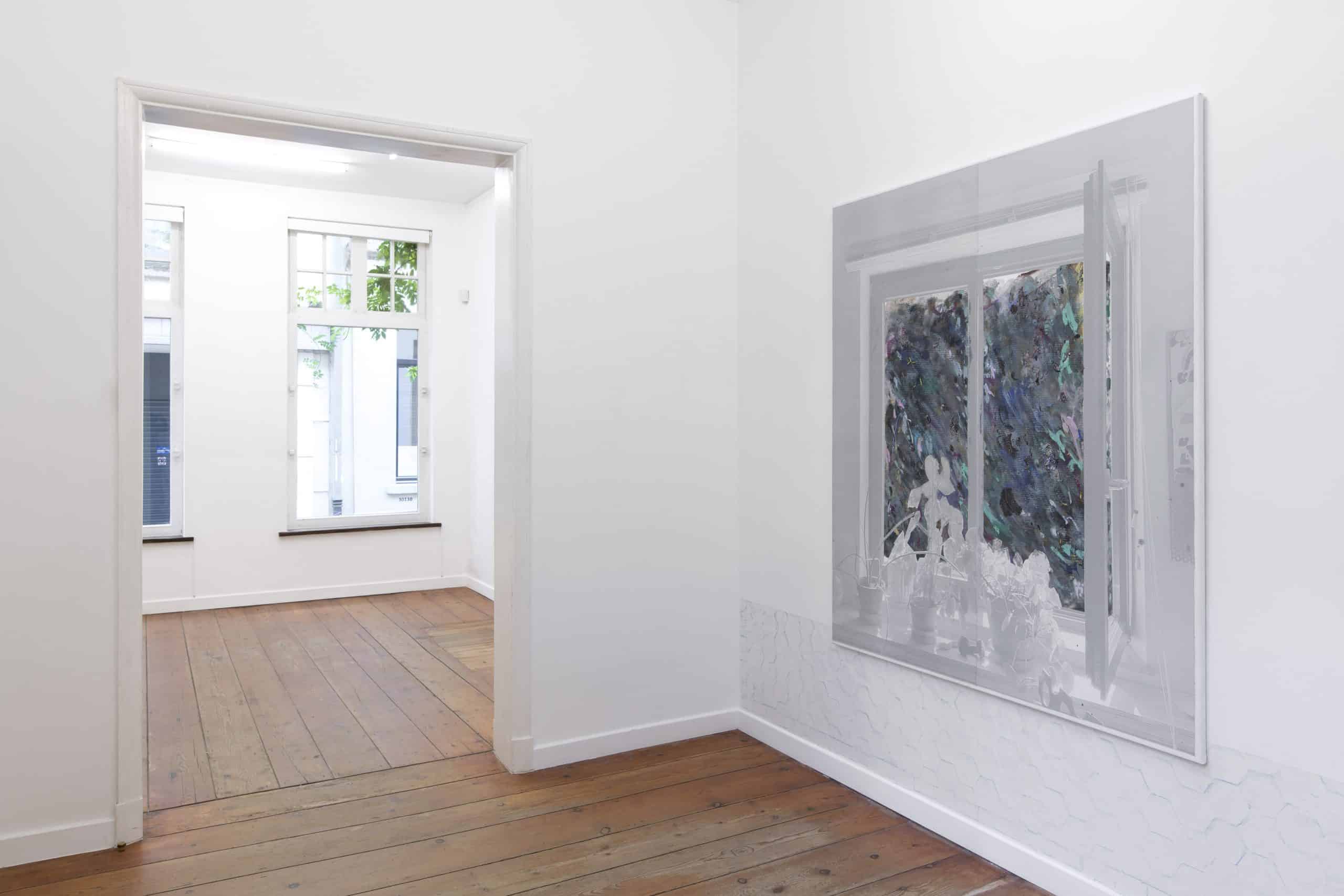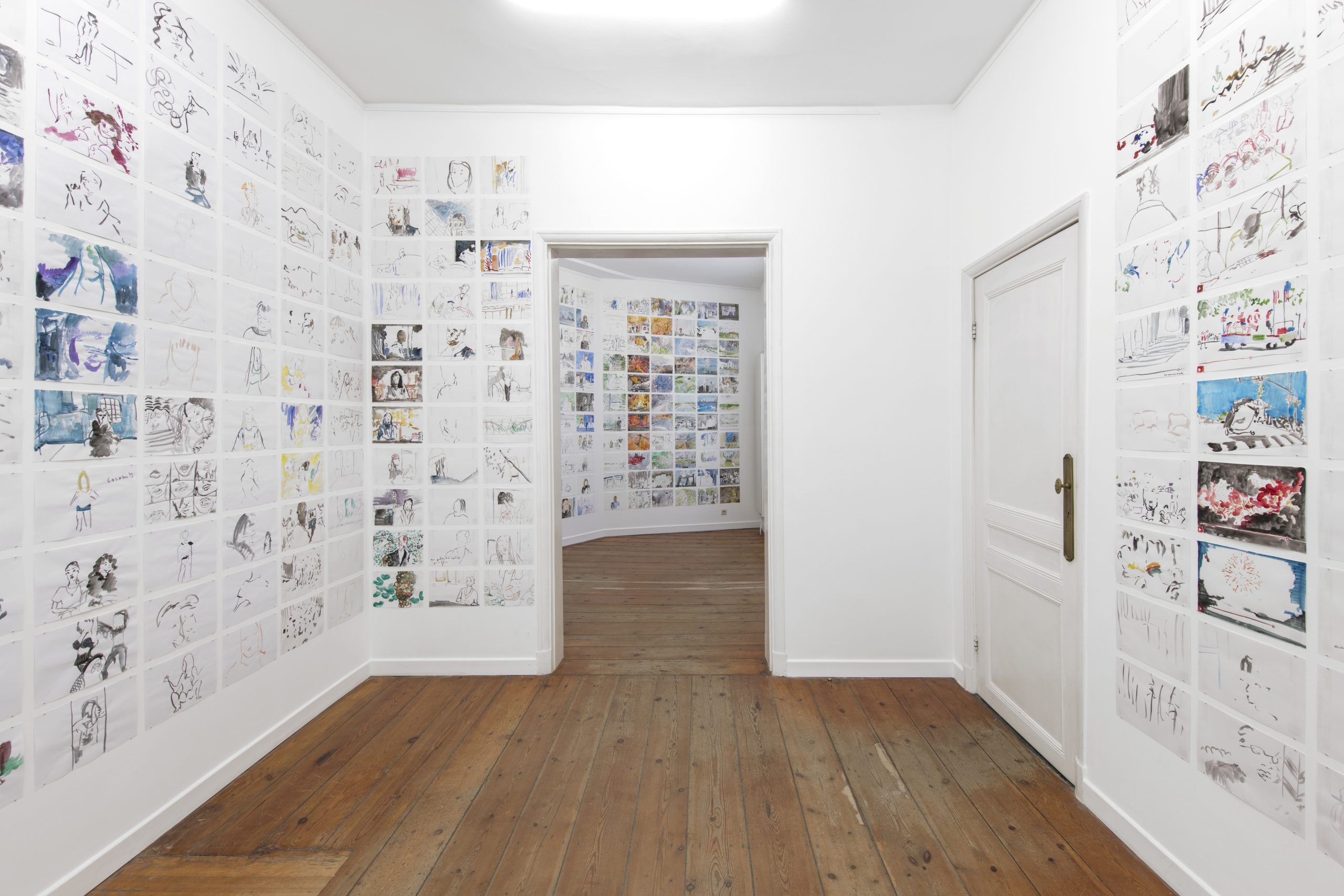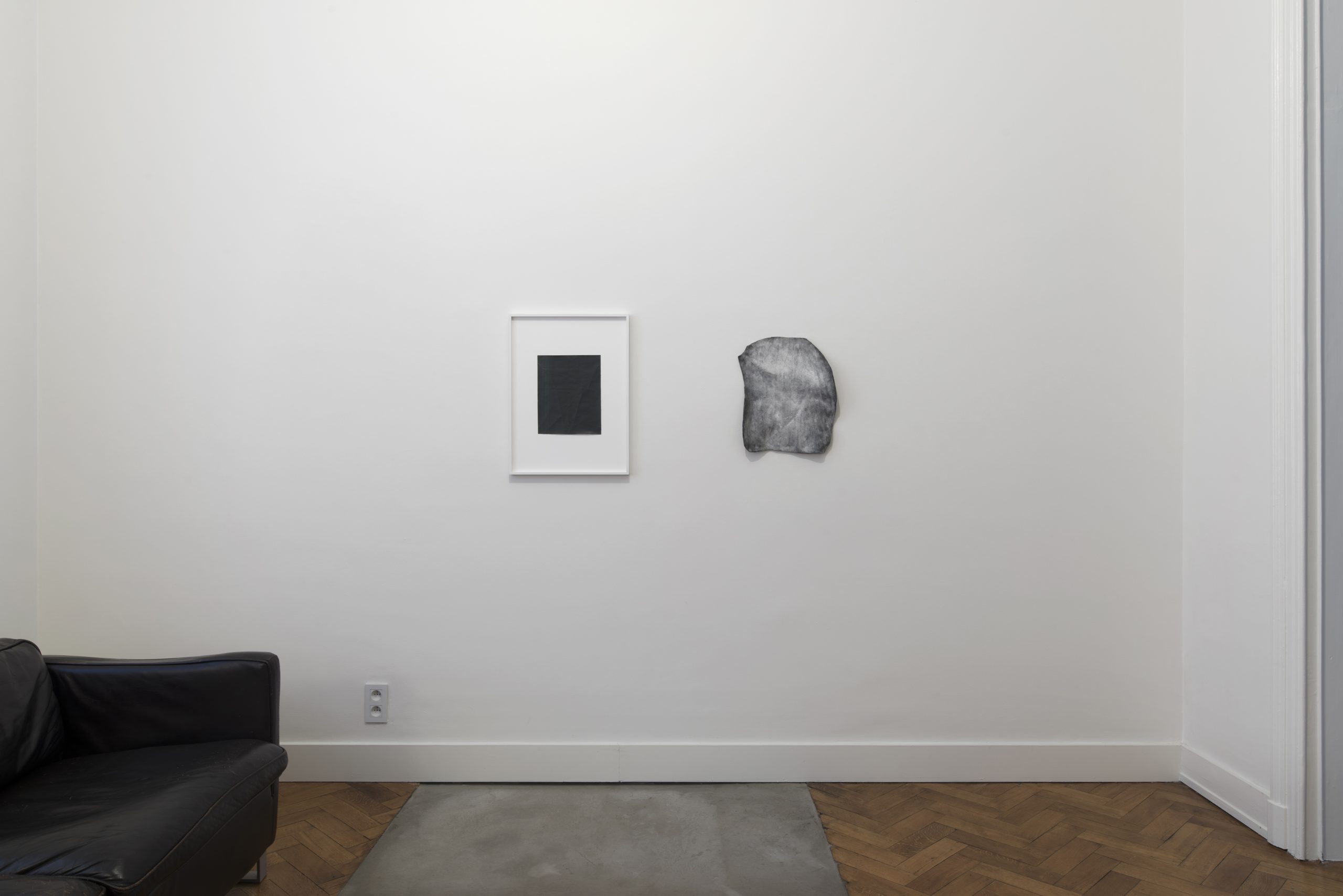BEIGE is pleased to present the group show Sequence, featuring works by Alexander Lieck, Dóra Maurer, Nick Oberthaler, Zhou Siwei, and Yui Yaegashi. Each artist explores the interplay between abstraction, color, pictorial rhythm, and conceptual approaches in their own distinctive way.
Inspired by Dóra Maurer’s 1980 film Kalah—created in collaboration with Zoltán Jeney and based on the ancient Arabic game of the same name—the exhibition examines how painterly gestures evolve into sequential acts.
Zhou Siwei’s (b. 1981, Chongqing, CH) abstract painted objects resemble mobile phone cases produced via 3D printing and organic materials such as corn starch. These vibrant forms not only reflect the intimate, personal interface between the device and its user but also comment on the standardized nature of mobile device personalization. Rather than using mobile phones to capture or store images, Zhou Siwei transforms these empty shells—“second skins”—by applying abstract landscapes with painterly techniques.
The small-format paintings by Yui Yaegashi (b. 1985, Chiba, JP) distill minimalism to its essence. By pre-determining the size, brushes, and colors, she adheres to a self-imposed protocol that separates the process from the anticipated aesthetic outcome. Typically using sober or neutral tones arranged in soft harmony, her work relies on the unique characteristics of each chosen brush. The predominantly linear application of paint creates abstract compositions without recognizable forms, with horizontal and vertical lines of varying sizes and widths intertwining in a predetermined order. These compositions oscillate between oily transparency and denser texture, inviting viewers to explore the subtle dynamics of form and space.
Nick Oberthaler’s (b. 1980, Bad Ischl, AU) small-scale abstractions began as two- or three-color paintings on standard A6 postcards in 2019—a series he dubbed ‘travelling paintings.’ Evoking the spirit of Marcel Duchamp’s La Boîte-en-valise (1935–41) and the Mail Art practices of the 1960s–1970s, his “SOS” paintings have evolved from their rigid initial concepts into more autonomous expressions. The continuous layering and reapplication of color, coupled with the dynamic creation and destruction of serial pictorial elements, challenge the formal boundaries of traditional painting within a limited spatial framework.
Discussing her film Kalah (1980), Dóra Maurer (b. 1937, Budapest, H) explains:
“The work is an investigation into the correspondence and efficiency of image and sound. The rules of the ancient Arabian game Kalah—played by two players with 36 stones each—serve as a ready-made system for generating the film. The filmstrip records every move of a drawn game, translating each step into 72 color forms and 72 sounds on a chromatic scale. Both elements run in rapid sequences (12 frames per second) in perfect synchrony.”
The work of Alexander Lieck (b. 1967, Berlin) captivates through its deliberate use of process traces, which he composes with both authority and poetic nuance. His art invites independent observation, free from contextual constraints. As Lieck himself explains:
“I do not want to demonstrate anything with my art or even proof something, I am not looking for the picture or painting but for imagination. The conquest of an idea, the conquest of self, working against onself and possibly also failing onself and because of onself again and again.”
All the works reveal systemic structures both within and beyond the dialogue between form, color, and concept, presenting an engaging reflection on the dynamic visual nature of abstraction.






































































































































































































